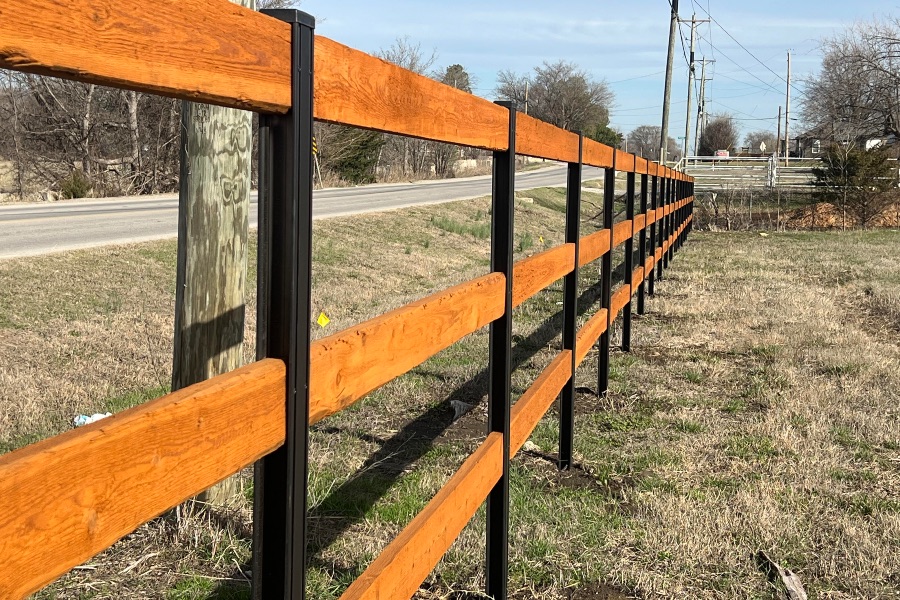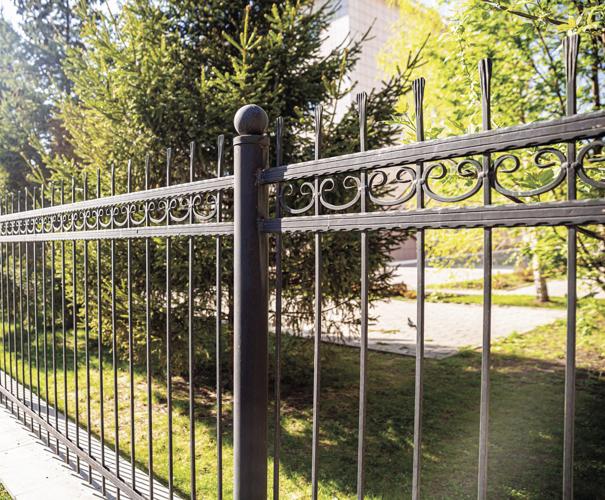All Categories
Featured

When thinking about mounting a fence on your building, one of the most vital actions is to understand whether you need a permit. The certain licenses required can differ depending on your place, the kind of fencing you plan to set up, and the elevation or positioning of the fence.
Why You Required an Authorization for a Fence Installment. The authorization procedure aids neighborhood authorities confirm that your fence does not interfere with website traffic visibility, respect your building lines, or breach elevation constraints. Setting up a fencing without a permit can result in penalties, elimination of the fencing, or delays in building, so it's necessary to inspect whether a permit is needed before beginning your job.
Kinds Of Licenses You May Require. There are a couple of usual kinds of authorizations you may require for a fencing setup:
Structure Permit. A building authorization is one of the most common authorization needed for fencing installments. This permit guarantees that the fencing meets security standards and is constructed according to local structure codes. A building permit is usually needed if the fencing goes beyond a certain height (usually 6 feet), is constructed from certain materials, or is situated near a public pathway or roadway.
Zoning Authorization. A zoning permit might be called for to confirm that your fence follows neighborhood zoning laws. Zoning laws can dictate where a fencing can be positioned on your home, just how high it can be, and whether it is admitted specific locations (such as along home lines or ahead backyards) As an example, some towns have guidelines restricting the elevation of fence the front lawn to guarantee presence for chauffeurs and pedestrians.

Setback License. You might need an obstacle authorization if you are constructing a fence near your building line or close to a street. An obstacle refers to the distance a structure, including fencings, have to be from the home line. Problem guidelines vary by place, and making certain that your fence is positioned appropriately can stop conflicts with neighbors and prevent violations.
House Owner Association (HOA) Authorization. If you reside in a neighborhood governed by a Homeowner's Organization (HOA), you might need approval from them along with regional permits. HOA regulations frequently cover the kind of materials, elevation, design, and color of fences. Also if your neighborhood federal government doesn't call for a permit, your HOA may still have certain standards that need to be followed.
How to Request a Fence License. To use for a fence authorization, you'll need to call your local building department or planning office. The application process commonly involves filling in a form, paying a cost, and sending a site plan of your home that reveals the suggested location of the fence. You may additionally need to include details concerning the materials, elevation, and layout of the fencing.
Sometimes, a regional authorities may require to examine your residential or commercial property prior to accepting the authorization. Once the license is given, you will certainly be authorized to wage your fence setup.
When Is an Authorization Not Needed? In specific scenarios, a permit might not be called for. These circumstances can consist of:
Low Height Fences: In many locations, fencings that are below a certain elevation (typically 3 to 4 feet) might not need a permit, specifically if they are positioned in the yard or other non-visible locations.
Fencing Replacement: If you're changing an existing fence with the same height and material, some areas might not need a brand-new license.
Non-Obtrusive Fences: Momentary or decorative fences, such as those made use of for horticulture or landscaping objectives, may not call for licenses as long as they are not irreversible and low.
Nonetheless, it's important to get in touch with your regional zoning workplace or structure division, as policies can differ by territory.
Repercussions of Not Obtaining a Permit. Stopping working to obtain the needed authorizations can lead to substantial effects. These consist of penalties, forced elimination of the fence, and even delays in building and construction. In addition, if your fencing does not fulfill regional regulations, you can face lawful problems with next-door neighbors or local authorities.

Verdict. When mounting a fencing, it's essential to research the license needs in your location. By making certain that you adhere to local laws and obtain the required permits, you can guarantee and avoid pricey errors that your fence is lawfully certified. Contact your neighborhood building department, HOA, and zoning office to establish what permits are required for your specific fencing project. This step is essential to secure both your financial investment and your residential property's value.
Latest Posts
Boost Your Home's Outside with Weathercraft's Home siding Solutions
Published May 26, 25
1 min read
Discover WyHy Federal Credit Union – Trusted Financial Solutions for Your Financial Success
Published May 24, 25
1 min read
Discover Affordable Auto Repairs with Montclare’s Exclusive Service Specials
Published May 23, 25
1 min read
More
Latest Posts
Boost Your Home's Outside with Weathercraft's Home siding Solutions
Published May 26, 25
1 min read
Discover WyHy Federal Credit Union – Trusted Financial Solutions for Your Financial Success
Published May 24, 25
1 min read
Discover Affordable Auto Repairs with Montclare’s Exclusive Service Specials
Published May 23, 25
1 min read